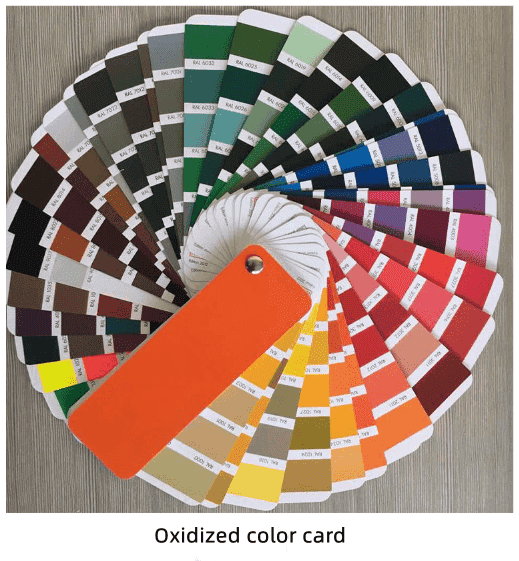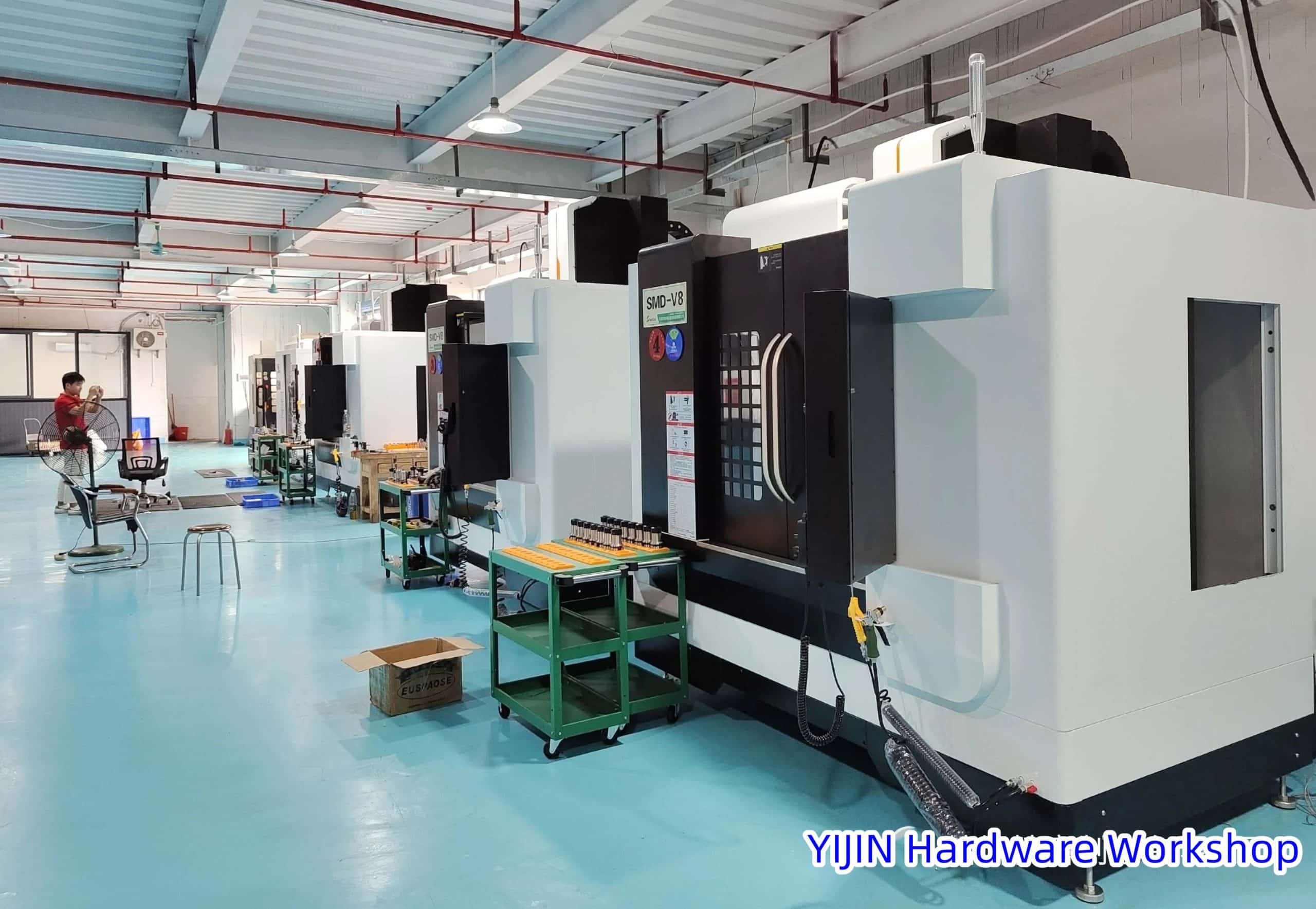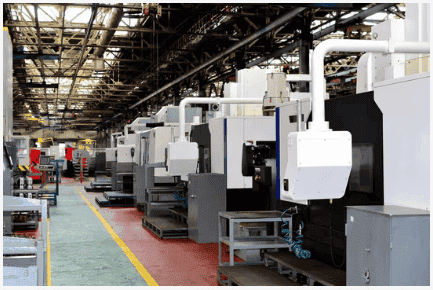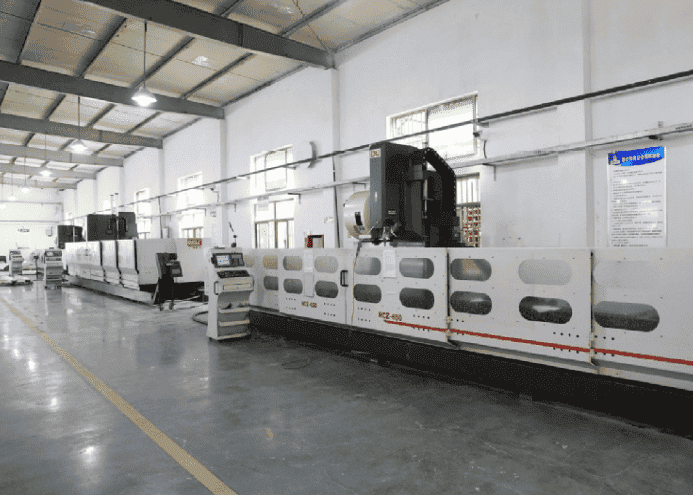Aluminum parts and components can be finished and post-processed in various ways to enhance their appearance, functionality, and durability.
Aluminum Finishes and Post-Processing: 10 Key Methods
1. Anodizing:
Anodizing is a popular finish for aluminum. The aluminum metal components dipped into electrolytic solution and electric current is passed into that solution so, its produces oxide layer on the surface on aluminium components.
Anodizing improves wear resistance and corrosion resistance, and it can be colored to produce a variety of colors. It also creates a decorative and protective finish.
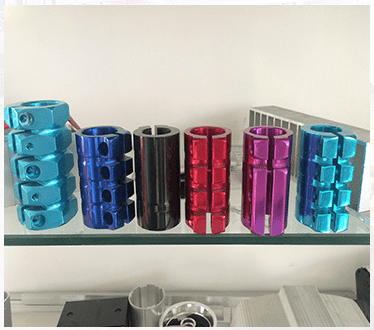
2. Painting and Powder Coating:
Aluminum can be painted or powder-coated to achieve specific colors and to provide an additional layer of protection against corrosion.
Powder coating, in particular, is known for its durability and is commonly used in automotive and architectural applications.
3. Brushing and Polishing:
Brushing and polishing processes can enhance the aesthetic appeal of aluminum components.
Brushed finishes create a distinctive linear pattern on the surface, while polishing results in a smooth, reflective surface.
These finishes are often used in decorative and architectural applications.
4. Bead Blasting:
Bead blasting involves blasting aluminum parts with tiny glass beads or other abrasive media to create a uniform, matte finish.
It can be used to remove surface imperfections, prepare surfaces for further finishing, or achieve a specific texture.
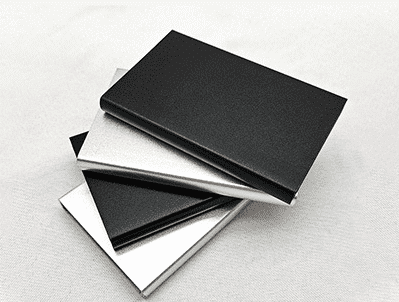
5. Laser Marking:
Laser marking uses a high-energy laser to mark aluminum surfaces with text, logos, or barcodes.
It’s a precise and permanent method of adding identification or branding to aluminum parts.
6. Chemical Etching:
Chemical etching is a process that selectively removes material from the surface of aluminum using chemical solutions.
It can be used to create intricate designs, logos, or patterns on the surface of the aluminum part.
7. Passivation:
Passivation is a chemical process that removes surface contaminants and enhances the corrosion resistance of aluminum.
It is often used in applications where aluminum parts come into contact with harsh environments.
8. Clear Coating:
Clear coating, such as the application of a clear lacquer or acrylic coating, can be used to protect the natural appearance of aluminum while providing a layer of protection against oxidation and corrosion.
9. Electroplating:
Electroplating can be used to deposit a thin layer of another metal, such as chromium, nickel, or gold, onto the aluminum surface.
This can improve the appearance, hardness, or conductivity of the part.
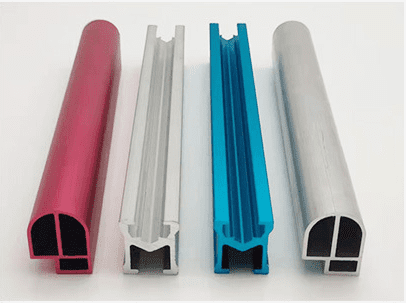
10. Tumbling and Vibratory Finishing:
Tumbling and vibratory finishing are mass-finishing processes that can be used to deburr, smooth, and polish aluminum parts.
These processes are particularly useful for small, intricate components.
11. Heat Treating:
Heat treating aluminum can change its mechanical properties, such as hardness and strength. Various heat treatment processes, including solution heat treatment and aging, can be employed to achieve desired material characteristics.
[row]
[col span=”1″ span__sm=”12″]
[/col]
[col span=”10″ span__sm=”12″]
[ux_video url=”https://youtu.be/AskH_AYibyI”]
[/col]
[col span=”1″ span__sm=”12″]
[/col]
[/row]
The choice of finish or post-processing method depends on the specific requirements of the aluminum part, including its function, appearance, and environmental conditions it will be exposed to.
Manufacturers and designers often select the most appropriate finishing method to achieve the desired results while considering factors like cost and production efficiency.
Explanation of anodizing, including Type I-Chromic Acid
The electrochemical technique of anodizing is used to improve the surface qualities of aluminum and other metals. It involves the controlled oxidation of the metal’s surface to form a durable, protective oxide layer.
Anodizing has various advantages, such as better wear resistance, improved corrosion resistance, and the capacity to add color or aesthetic finishes.
There are different types of anodizing processes, and one of them is Type I anodizing, specifically Chromic Acid Anodizing.
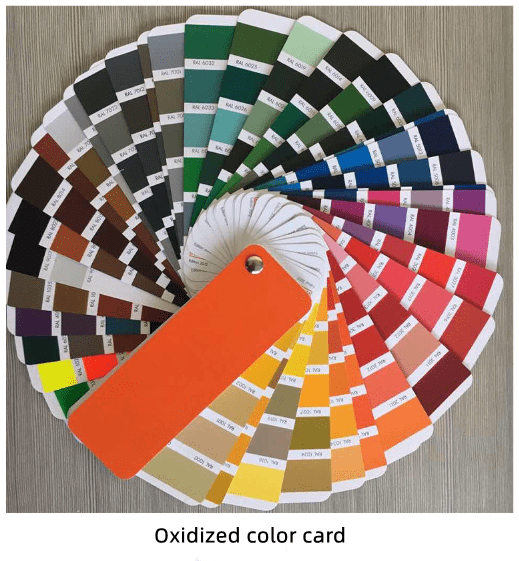
Chromic Acid Anodizing (Type I Anodizing):
One of the first types of anodizing, chromic acid anodizing, also called Type I anodizing, is typically applied to aluminum surfaces.
As the electrolyte, it uses a solution of chromic acid (H2CrO4).
The procedure for chromic acid anodizing is described as follows:
- Preparation: To get rid of any impurities, grease, or pollutants, the metal item that will be anodized is thoroughly cleaned. Through this cleaning procedure, the anodizing procedure is guaranteed to be successful and produce an oxide coating that is uniform.
- Electrolyte Bath: The cleaned aluminum part is immersed in a tank containing a solution of chromic acid and water. Typically, the concentration of chromic acid in the solution is relatively low compared to other anodizing processes.
- Electrolysis: A direct current (DC) is applied to the aluminum part, with the aluminum piece serving as the anode (positive electrode). As the current flows through the aluminum, oxygen ions are generated at the surface of the part.
- Oxide Layer Formation: Unlike some other anodizing types, Chromic Acid Anodizing produces a very thin oxide layer, usually in the range of 0.00002 to 0.0001 inches (0.5 to 2.5 micrometers). This oxide layer is relatively soft and porous but provides good corrosion resistance and a stable base for subsequent coatings or treatments.
- Rinsing: After the desired oxide layer thickness is achieved, the aluminum part is thoroughly rinsed to remove any remaining chromic acid solution.
- Post-Treatment (Optional): In some cases, a post-treatment may be applied to seal the anodized surface, further improve corrosion resistance, and enhance its appearance.
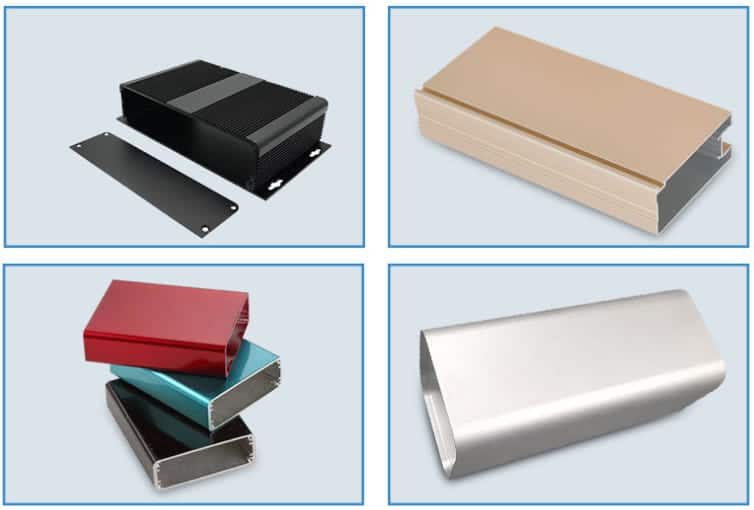
Chromic Acid Anodizing is commonly used in applications where a very thin, protective oxide layer is required, such as for parts that will be exposed to specific chemical environments or for electrical insulation.
However, it’s important to note that the use of chromic acid in this process is associated with environmental and health concerns, as chromic acid is a hazardous substance.
Consequently, many industries have shifted toward alternative anodizing processes, such as sulfuric acid or hardcoat anodizing, which offer similar benefits with fewer environmental risks.
Chemical Conversion Coating and Metal Plating:
Chemical conversion coating and metal plating are two distinct surface treatment processes used to modify the properties of metal surfaces for various purposes, including corrosion protection, improved appearance, and enhanced functional characteristics.
Here’s an overview of each process:
Chemical Conversion Coating:
Chemical conversion coating, also known as chemical conversion treatment or chem-film, is a surface treatment method primarily used for aluminum and some other non-ferrous metals, such as zinc and magnesium.
The process involves the chemical modification of the metal’s surface to create a protective and often adherent layer, which can serve several purposes:
- Corrosion Protection: One of the primary functions of chemical conversion coatings is to enhance a metal’s resistance to corrosion. By creating a barrier between the metal and the outside world, these coatings stop corrosion and oxidation.
- Adhesion Promotion: Chemical conversion coatings can improve the adhesion of subsequently applied coatings, such as paints or adhesives, making them more durable and reliable.
- Electrical Conductivity: Some chemical conversion coatings are used to maintain or enhance electrical conductivity, making them suitable for electrical components and connectors.
- Enhanced Paint Adhesion: These coatings are often used as a pretreatment for metals before painting, as they improve the adhesion and durability of the paint.
Common types of chemical conversion coatings include:
- Chromate Conversion Coatings: These coatings are based on chromates and are commonly used for aluminum. They have great adhesion and corrosion resistance qualities, however they are being phased out because of environmental issues
- Phosphate Conversion Coatings: On surfaces made of steel and iron, phosphate coatings are applied. They enhance corrosion resistance, serve as a base for paint, and improve lubrication properties.
- Iridite (Chromate-Free) Coatings: These are environmentally friendly alternatives to traditional chromate conversion coatings and are used for aluminum and other metals. They provide corrosion protection and excellent adhesion for subsequent coatings.
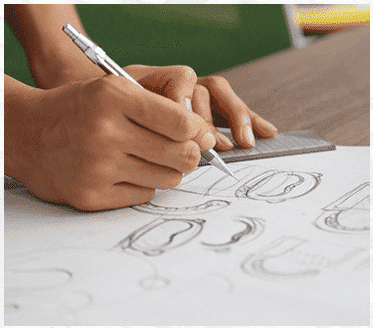
Metal Plating:
An electrochemical reaction is used in the process of metal plating, sometimes referred to as electroplating, to deposit a thin layer of one metal onto the surface of another metal.
There are many uses for this procedure, including:
- Enhanced Corrosion Resistance: Metal plating can provide a protective layer that enhances the corrosion resistance of the base metal.
- Improved Appearance: Plating can be used to achieve a decorative finish, such as chrome, gold, or silver plating, to enhance the appearance of metal parts.
- Wear Resistance: Plated surfaces can exhibit improved wear resistance, making them suitable for applications where the metal is subject to friction and abrasion.
- Electrical Conductivity: Some plating materials, like gold and silver, are highly conductive, making them suitable for electrical contacts and connectors.
Common types of metal plating include:
- Nickel Plating: Used for corrosion resistance, wear resistance, and as an undercoat for other decorative finishes.
- Chrome Plating: Provides a shiny and corrosion-resistant surface, often used for automotive and decorative applications.
- Gold Plating: Known for its excellent corrosion resistance and electrical conductivity, gold plating is used in electronics, jewelry, and connectors.
- Silver Plating: Offers good electrical conductivity and is commonly used for electrical contacts and connectors.
Both chemical conversion coating and metal plating are valuable surface treatment methods, with their suitability depending on the specific requirements of the application, the type of metal involved, and environmental considerations.
 Call Us Today! (+86) 188-2253-7569
Call Us Today! (+86) 188-2253-7569